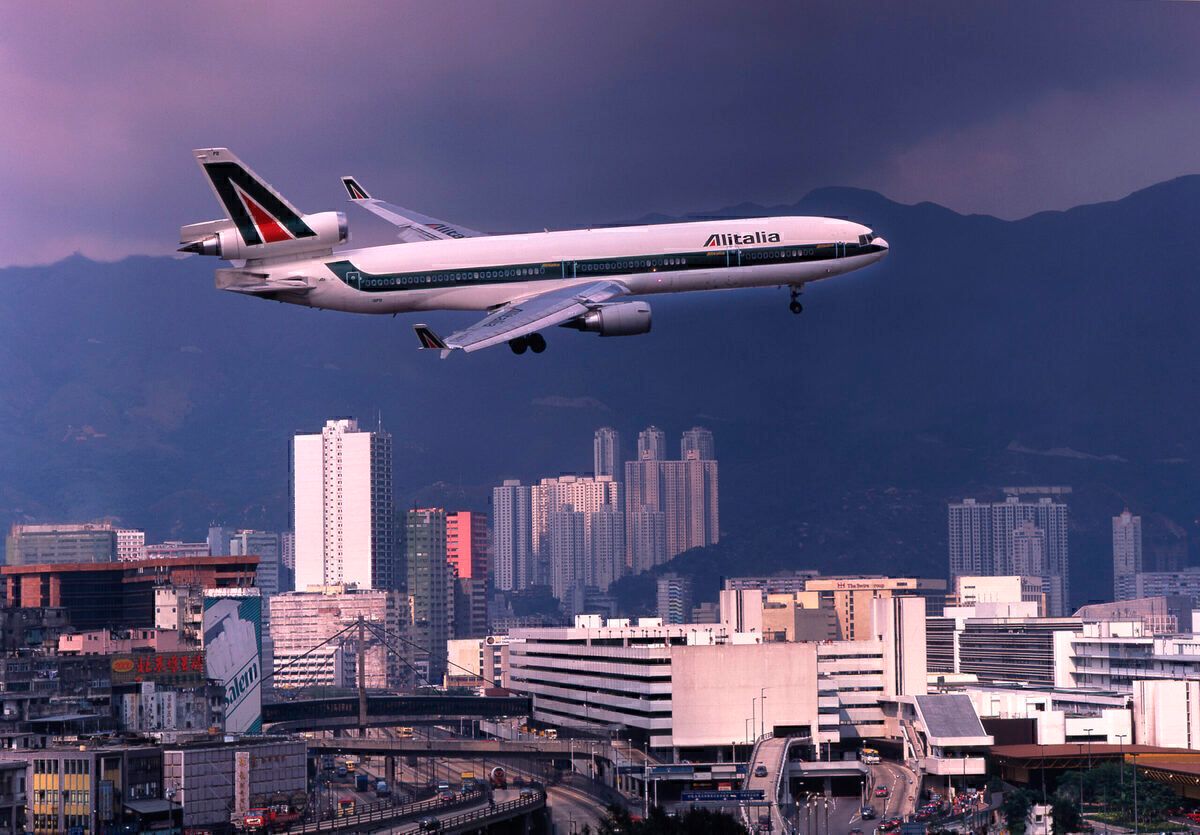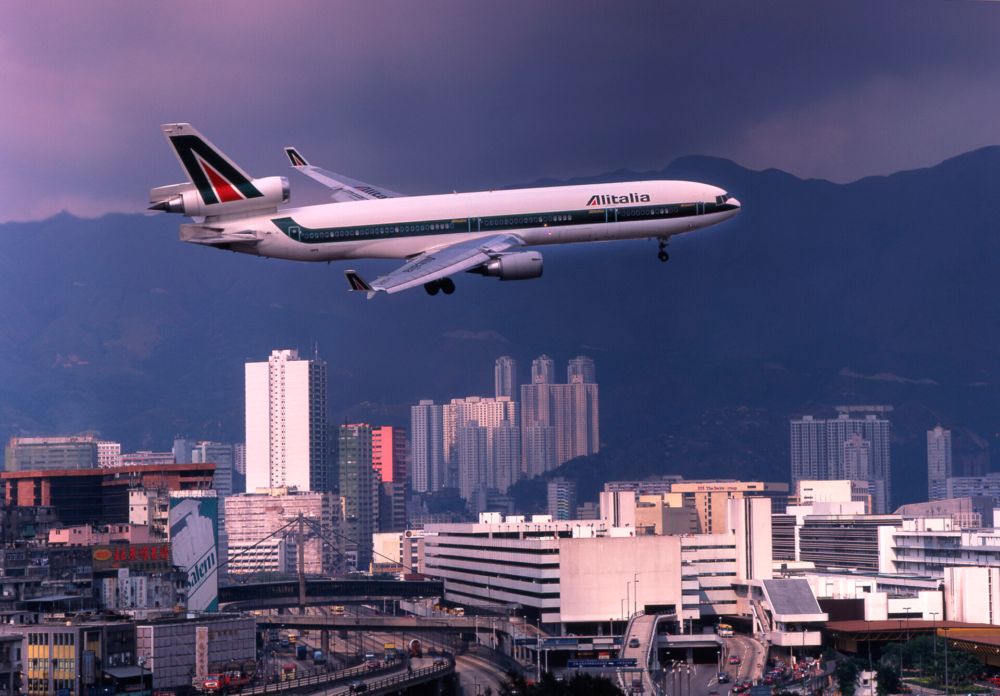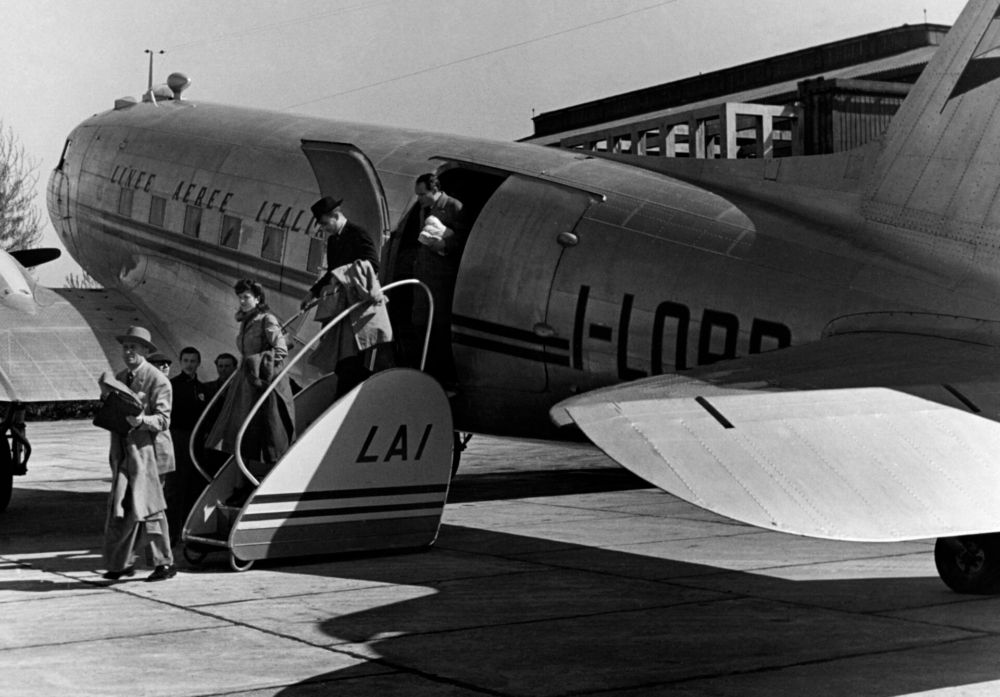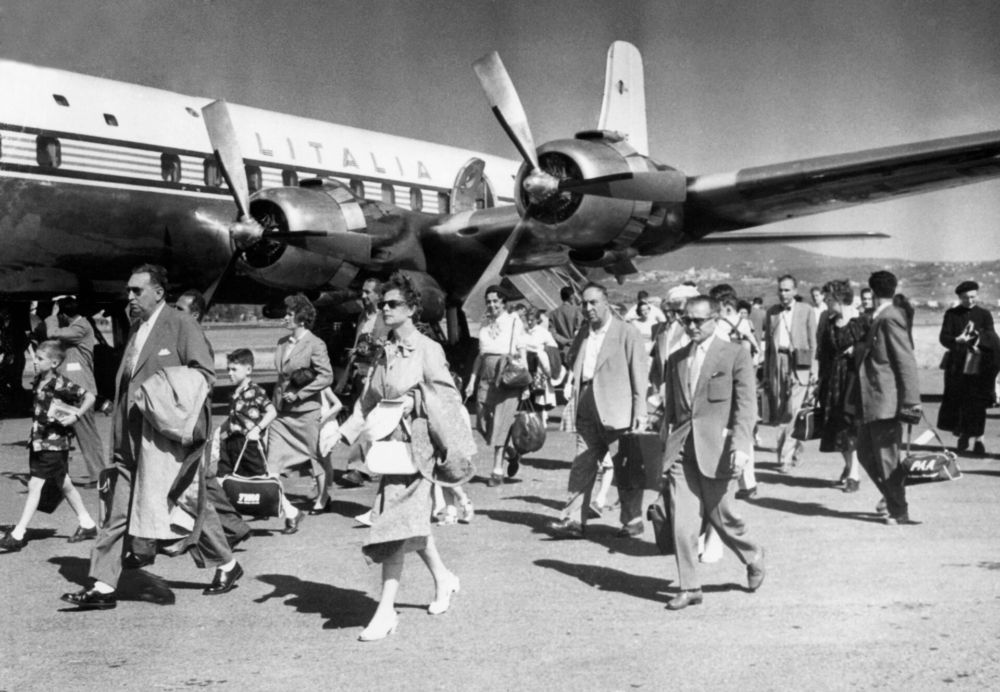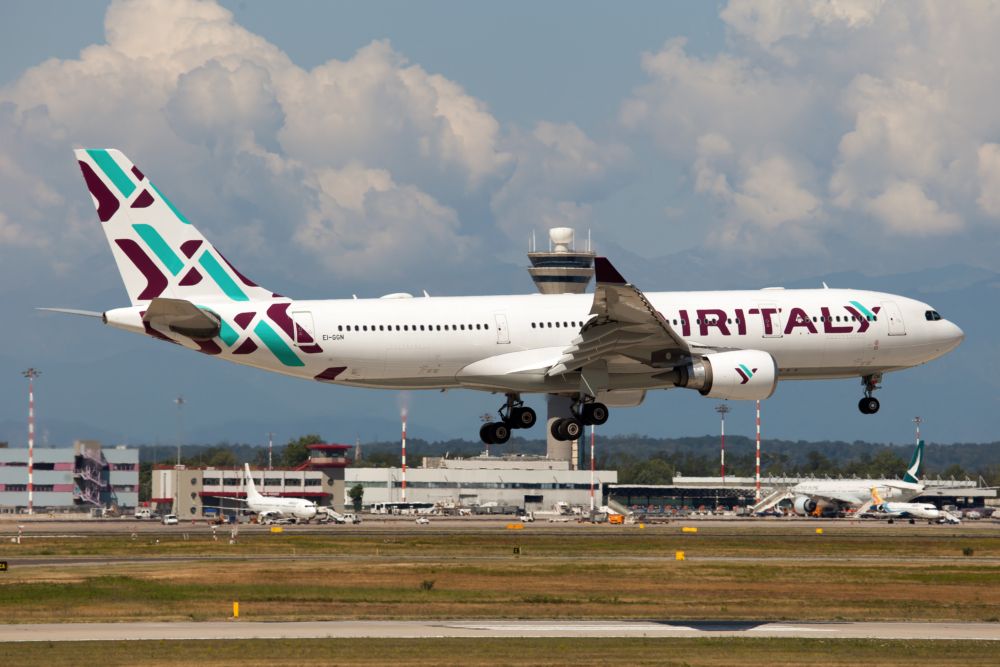Italy witnessed the start of a new chapter in history this week following the first flight of ITA Airways. This event was the latest in a series of twists and turns that the country’s air travel market has gone through over the last century. With this latest move, let’s take a brief look at the history of Italian aviation.
Slow start
Unlike several European nations, Italy was late to the commercial aviation party. It had its hands in military projects but didn't initially take the leap in the civil sector until the 1920s.
The first modern aviation operation founded by the government was Aero Expresso Italiana (AEI), which was formed on December 12th, 1923. Yet, it would take three years for this company to offer flights. The airline was soon followed by Società Area Avio Linee Italiane (ALI), Società Italiana Servizi Aerei (SISA), the Società Area Navigazione Aerea (SANA), and Società Area Mediterranea (SAM) as members of the Italian aviation community.
The U.S. Centennial of Flight Commission shares that ALI was the only Italian aviation outfit that wasn't state-supported. It was backed by the vehicle powerhouse, Fiat. It would be SISA, SANA, and SAM that would dominate the majority of the market, transporting approximately 10,000 passengers each year by the turn of the 1930s.
Change of pace
This was an impressive figure, as activity was sparse during the mid-1920s. This quick rise helped Italy have the third-busiest air travel industry, behind Germany and France. The airlines helped passengers connect to neighboring European and North African countries.
During the 1930s, Italy followed a trend across Europe and consolidated its industry. As a result, SAM, SANA, and SISA merged to form Ala Littoria in the summer of 1934. The new state-owned outfit gave Benito Mussolini's government an opportunity to showcase the country's resources. Notably, the authorities wanted to use the operations to conquer land across the Mediterranean and Africa. In effect, Ala Littoria helped connect the Italian mainland with other territories.
Aircraft used during this period included the Dornier Wal and Super-Wal, Junkers G-24 and F.13, and Fokker F.7b. The Caproni and Savoia-Marchetti flying boats were also spotted. Planes produced in Italy became more and more fashionable as nationalism rose heading into the 1940s. Thus, the likes of the Savoia-Marchetti S.73 monoplane increased their presence.
After overcoming challenges with long-haul expansion, Ala Littoria began passenger service between the likes of Rome and Mogadishu, Somalia, opening up new opportunities for Italian air travel. However, the airline had to cease operations due to World War II. Only the independent ALI managed to continue some sort of service, which was between Italy and fellow Axis power Germany.
After the fall of WWII, Europe saw a rebooted aviation economy. The new-look industry saw exciting passenger segments arise. International powerhouses such as Trans World Airlines (TWA) and British European Airways (BEA) helped the Italian market to regroup with crucial funding. From this financing, Aerolinee Italiane Internazionali (Alitalia) and Linee Aeree Italiane (LAI) emerged. The airlines helped kick off a consistent commercial aviation scene in Italy, which grew during the 1950s.
The core operation
The two carriers united in September 1957. The Alitalia name remained, which became a staple in its country for decades to come.
“Alitalia merged with LAI and became Alitalia – Linee Aeree Italiane with 3,000 employees and a fleet of 37 aircraft. In the international airline company rankings, Alitalia jumped from 20th to 12th place. Alitalia was the official carrier of the Rome Olympics and for the first time carried more than 1 million passengers in one year. The first jets entered service, the new Leonardo da Vinci airport in Fiumicino was opened and Alitalia transferred its operations base here,” Alitalia stated.
“(Between 1969 and 1970,) Alitalia modified its logo and aircraft livery: the “Winged Arrow” was replaced by the tri-color “A”. The Boeing 747 jumbo jet entered service and Alitalia became the first European airline company to fly with an "all jet" fleet. The fleet renewal continued with the insertion of the Airbus A300, twin-engine jets with great capacity, and the new MD Super 80 for medium-haul flights, while the B747 Combi became part of the fleet, permitting greater flexibility in passenger and cargo transport.”
Heading into the new century
The introduction of the trijet MD-11 in the early 1990s helped Italian passengers fly direct over 12,000 km (6,480 NM). During this period, Giorgio Armani designed new uniforms for Alitalia, and he also helped with the cabin design amid the launch of the carrier’s MilleMiglia Program.
The turn of the millennium saw Alitalia start its downward spiral. European deregulation created tight competition across the continent, in a similar manner that saw the rise of new players and the collapse of veterans in the United States.
Officials also attempted to privatize the national carrier, and during this era, passenger service began to decline and a rise in trade union tensions. The Italian government kept pumping money into Alitalia over the years to support it following labor difficulties.
Worryingly, 1998 was the only year that Alitalia reported a profit. Moreover, it reported net losses of over €3.7 billion between 1999 and 2008, and the operator declared bankruptcy in 2017 due to its overwhelming financial difficulty and lack of investment.
Hear from aviation’s movers and shakers. Book your free ticket for the Future Flying Forum!
Another go
Several attempts at rejuvenating Italy's aviation industry in recent years were conducted. There were high hopes with Air Italy's rebranding in 2018, a name that traced its roots back to 2005 under the ownership of Meridiana, which was a privately owned airline that was formed 58 years ago. However, Air Italy ceased operations in early 2020, giving it a lifespan of fewer than two years.
Nonetheless, prospects look like they are finally on the right track again with the formation of ITA, the new flag carrier of Italy, which commenced operations just this week after Alitalia's closure. There are clear intentions of a fresh start with this outfit amid the revelation of a new blue livery. The new airline plans to have over 100 aircraft by the middle of the decade as it follows a more focused path.
What are your thoughts about the history of Italian aviation? What do you make of the changes in the country’s market over the years? Let us know what you think about the journey in the comment section.

